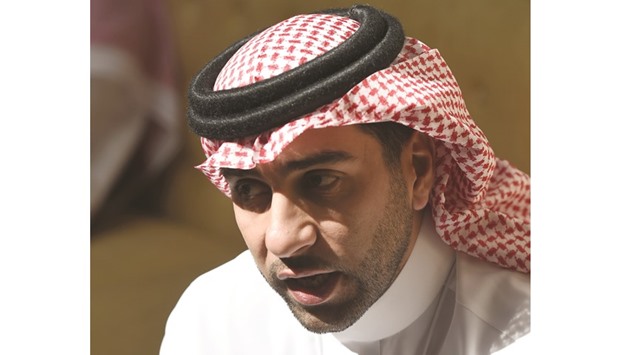A decade after its conception, the King Abdullah Economic City – an integrated industrial, residential and tourism centre – is profitable and in line with a government push which intensified this year to develop the private sector, Fahd al-Rasheed told AFP in an interview.
The KAEC was one of several “economic cities” touted for development 10 years ago, during the reign of the late King Abdullah, as special zones where the private sector could thrive.
Rasheed said there were “so many challenges” in the project’s early years but that the KAEC is now thriving.
“We are profitable for the last five years,” he said, “and we are today at the highest cash position that we’ve ever been.”
Oil makes up the bulk of Saudi revenue but a fall in crude prices since 2014 intensified economic reform efforts.
In April, the country’s Deputy Crown Prince Mohamed bin Salman announced an ambitious new economic plan dubbed Vision 2030 that aims to promote private sector investment.
The plan noted that the economic cities “did not realise their potential” and said some faced challenges “that threaten their viability”.
They are just one component of the wide-ranging Vision, whose scale has raised doubts over whether it can all be achieved.
But Rasheed said he is convinced of “the strong fundamentals of the Saudi economy” and that, in the case of KAEC, “the model works”.
“We believe that it is time now for expansion with Vision 2030 because we believe we are very aligned” with the reform plan, he said.
Developed by Emaar, The Economic City, the Saudi-listed unit of Dubai’s Emaar Properties, the project has seen $10bn in investment.
Rasheed said it has signed contracts with more than 120 companies, many of them French.
Renault is assembling trucks, drug maker Sanofi has a plant, and Total is also established.
The KAEC is served by the King Abdullah Port, which Rasheed said will handle about 1.8mn containers this year, a figure set to increase in 2017.
The project is promoting seaside residential developments and expects to be home to 10,000 people within a few months, with more than 40,000 targeted by 2020.
“We are the largest residential developer in terms of sales in the country, although we are concentrated in a remote site” north of Jeddah, said Rasheed.
A high-speed rail line will connect the KAEC with Jeddah and Islam’s holiest cities of Makkah and Medina, “which will give us access to 12mn residents in the western region within one hour,” Rasheed said.
This will boost another goal of Vision 2030, which is tourism development, he said.
“We are building golf courses, theme parks, zoos, safaris”, he said, calling tourism “the most strategic sector” for the KAEC.
Home so far to a luxurious waterfront resort, the city expects to receive 150,000 visitors this year and targets 1.5mn by 2020.
The rail line, developed by a Spanish consortium, is behind schedule and is not expected to open before the end of 2017.
The KAEC development foresees investment of $100bn at completion, but Rasheed said there is no target date.
“This will depend obviously on the country’s economy, on the global economy, and on the absorption of our product,” he said.
Rasheed was speaking on sidelines of the MISK Global Forum, which aims to link business leaders with young Saudis in a bid to inspire their involvement in economic diversification.



